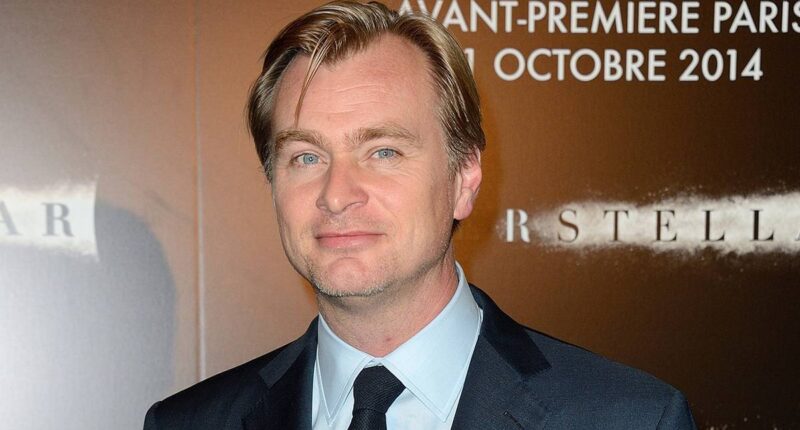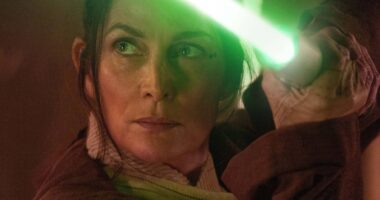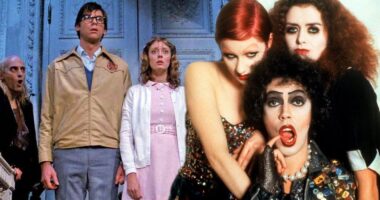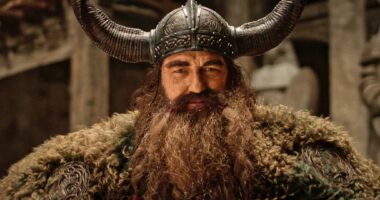Even for cinematic titans like Christopher Nolan, you have to start at the bottom. Before helming his own Batman trilogy and an array of blockbusters like Interstellar and Oppenheimer, Nolan’s humble beginnings saw him working on shoestring budgets with his friends in Great Britain. Most people are aware of his feature debut, Following, the indie neo-noir from 1998, but for the true completionists, check out his three-minute experimental short film, Doodlebug. Restored by the Criterion Collection and included as a supplement for their Blu-ray release of Following, the short is an abstract side of Nolan’s artistic language, where he channels the dreamlike surrealism of David Lynch. More than anything, Doodlebug, which signals many of the director’s trademarks, confirms that Nolan needs to make a horror movie pronto.
Christopher Nolan’s Short Film Tapped Into Lynchian Surrealism
Today, Christopher Nolan is synonymous with grand, high-octane sci-fi epics and wartime dramas, but during his rise in Hollywood, he defined himself as a slick, formally inventive visionary of neo-noirs. Memento put Nolan on the map with critics and the Academy Awards, and its assured craft suggested that it was made by a seasoned veteran behind the camera. Before his breakthrough, his directorial efforts, including Doodlebug and Following, were admirably raw and amateurish, made by using natural light, 16mm cameras, shooting on weekends to fit actors’ schedules, and receiving finance from benefactors. Like all his features, the short was produced by his wife, Emma Thomas.
As a student at University College London, Nolan wrote, directed, shot, and edited Doodlebug in 1997, which starred Jeremy Theobald (future star of Following) as a man on the brink of psychological self-destruction as he chases after an insect or rodent of some kind in his disheveled apartment. As he frantically chases after this thing that’s scurrying around on the floor, he appears incredibly paranoid, constantly looking at the clock and the ringing telephone that he refuses to pick up. Upon catching the unknown creature, the man discovers, in a bizarre, Lynchian twist of fate, that he’s been chasing after a miniature version of himself. Capping off this fever dream is the revelation of a larger version of Theobald watching over our main character, subsequently squashed by his larger self.
Nolan, fascinated by magic and illusions, pulls off one of his finest tricks by turning a marginal amount of resources into a confounding but gripping three-minute narrative. The writer-director would become renowned for his gritty and grounded take on the Caped Crusader with his Dark Knight trilogy and clarity when constructing intricate concepts like Inception, but his mind belongs to the inexplicable and abstract. “Films are uniquely suited towards addressing paradox, recursiveness, and worlds within worlds,” Nolan told The Daily Beast, referencing Doodlebug and its relationship to Interstellar. The black-and-white photography and industrial soundscape draw immediate parallels to David Lynch’s feature debut, Eraserhead, which presents itself as about nothing but is secretly about the perils of raising a child.
‘Doodlebug’ Shaped Christopher Nolan’s Thematic and Stylistic Tendencies
The textually open-ended nature of Nolan’s short allows for easy interpretation from the audience, even if said analysis is not the most precise. The blurring of reality and nightmare inside the apartment laid the groundwork for Inception‘s mind-bending experience, and the puzzle-box narrative of Memento shows its early signs in this short. Visually and tonally, Doodlebug shares plenty of qualities with the black-and-white timeline in Memento, with Theobald mimicking Leonard Shelby’s (Guy Pearce) nervy paranoia.
Obsession is a throughline in every Nolan film, including Dom Cobb’s (Leonardo DiCaprio) grief in Inception to the rivaling magicians played by Christian Bale and Hugh Jackman trying to one-up each other in The Prestige. Doodlebug conveys that the bug is superfluous, even if it were real, as we’re clearly watching someone who is maladjusted.
The strict budgetary limitations prevent the short from ever transcending to anything beyond being a novelty with his legendary filmography. Still, Doodlebug does signal Nolan’s preternatural abilities as a director of propulsive action and multitrack narratives, demonstrated by the ticking clock and the phone ringing, which the character mysteriously places in a fishbowl. These running arcs, combined with the curiosity of this supposed bug, create a disorienting effect. For Nolan, a big budget is only icing on the cake, as this short outlines that he’s always been a gifted filmmaker.
Christopher Nolan has brushed upon nearly every major genre, from mystery and heist to science fiction and war. Right now, he’s busy with his highly anticipated adaptation of Homer‘s Odyssey, but he should certainly make his foray into the horror genre. Doodlebug, which helped him hone his skills as a student filmmaker, exists as a proof of concept for Nolan’s chops for spooking the viewer with unsettling, cacophonous sounds and haunted protagonists. Nothing is scarier than the unknown, an abyss that Nolan has repeatedly embraced, whether the unknown exists in outer space, magic tricks, or the ripple effects of a nuclear bombing.
Christopher Nolan’s first film, Following, is available to stream on The Criterion Channel.
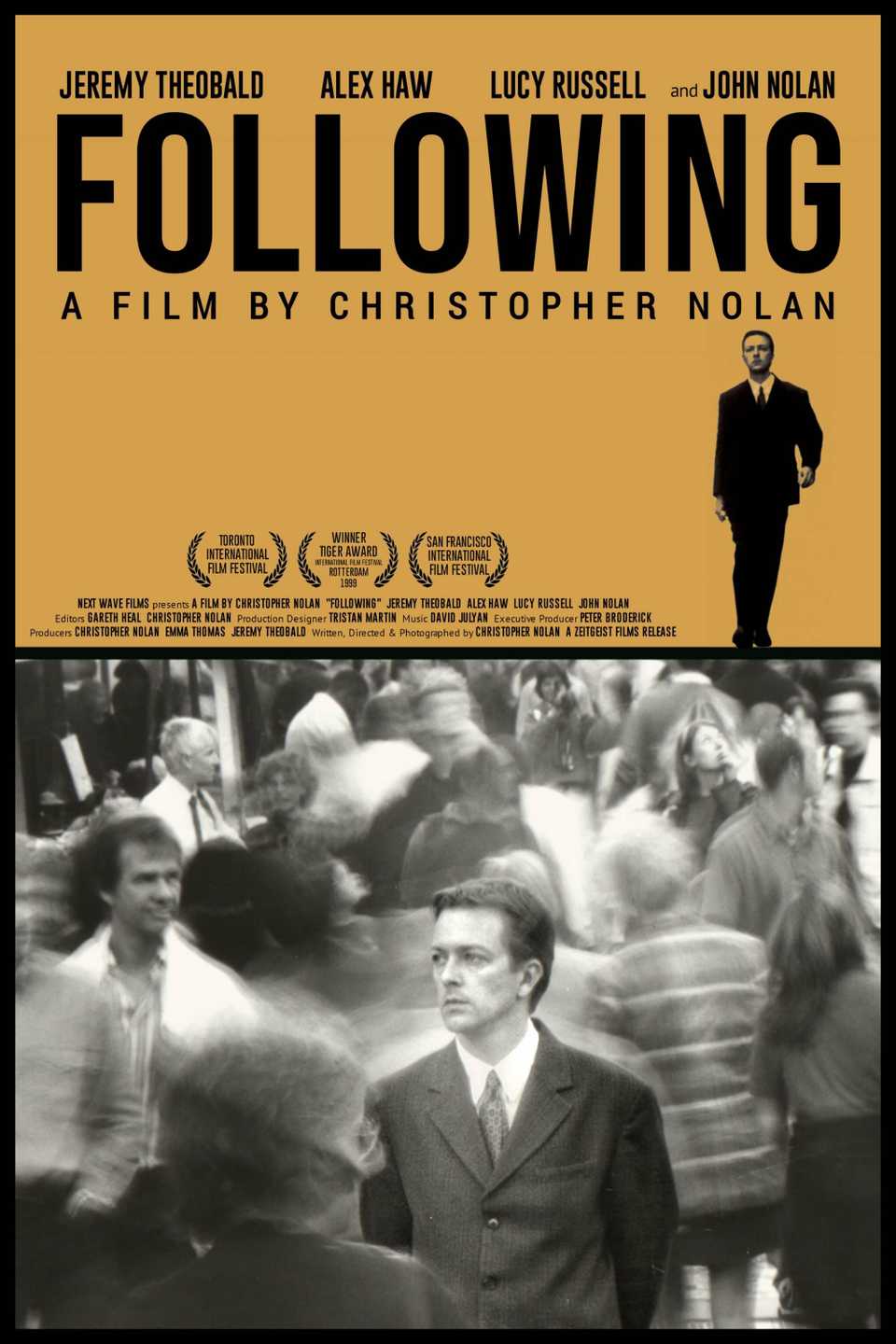
- Release Date
-
April 2, 1999
- Runtime
-
69 minutes
